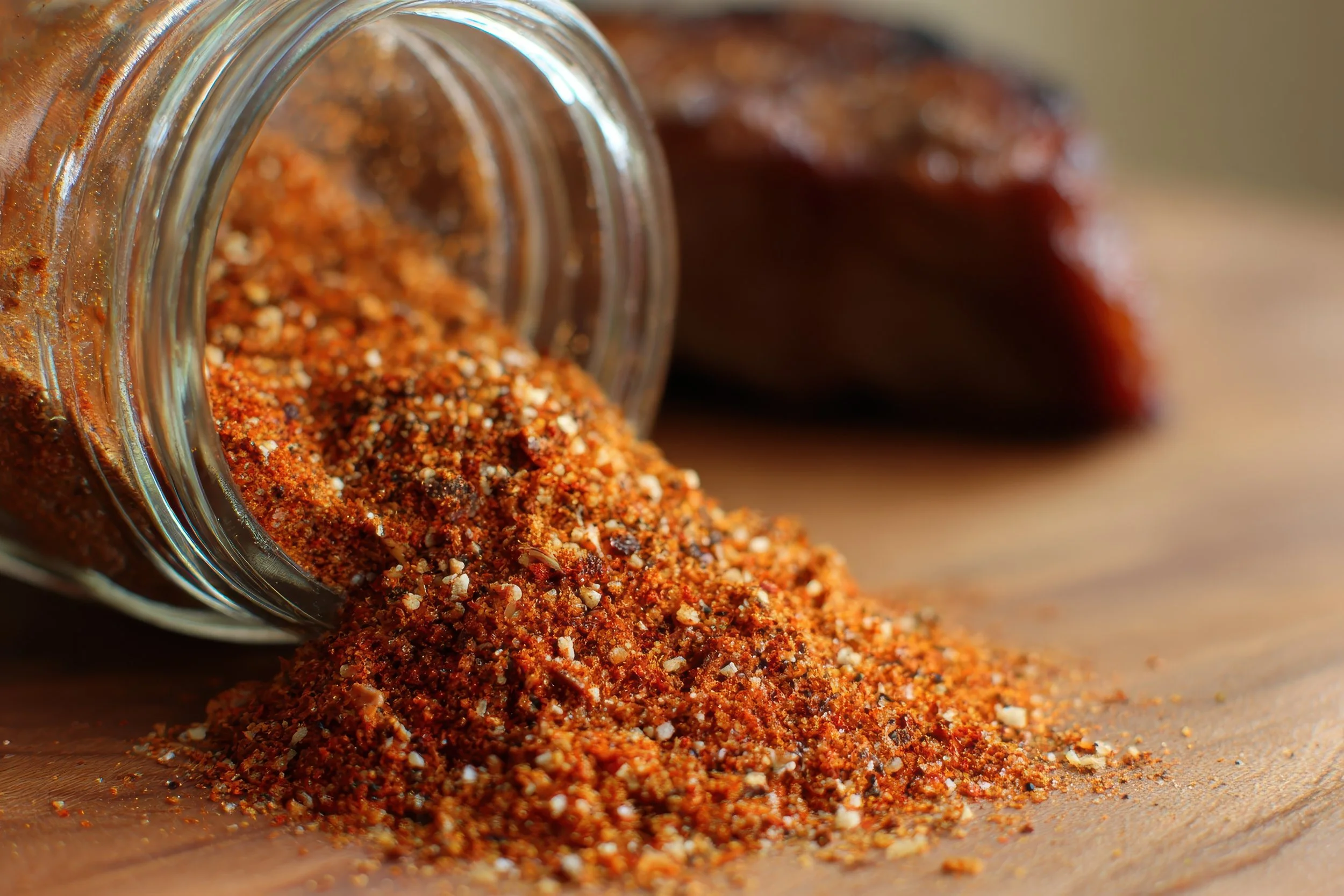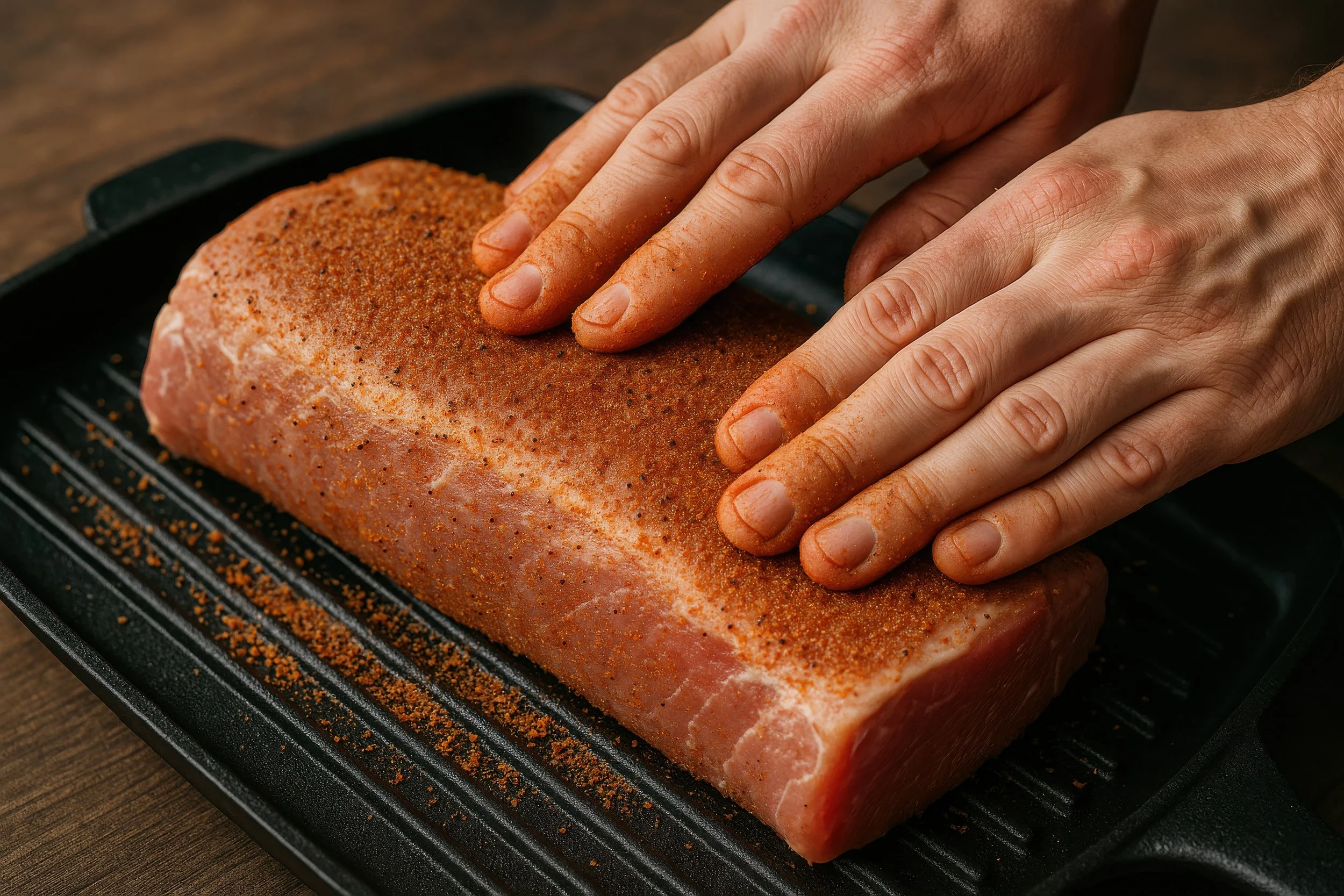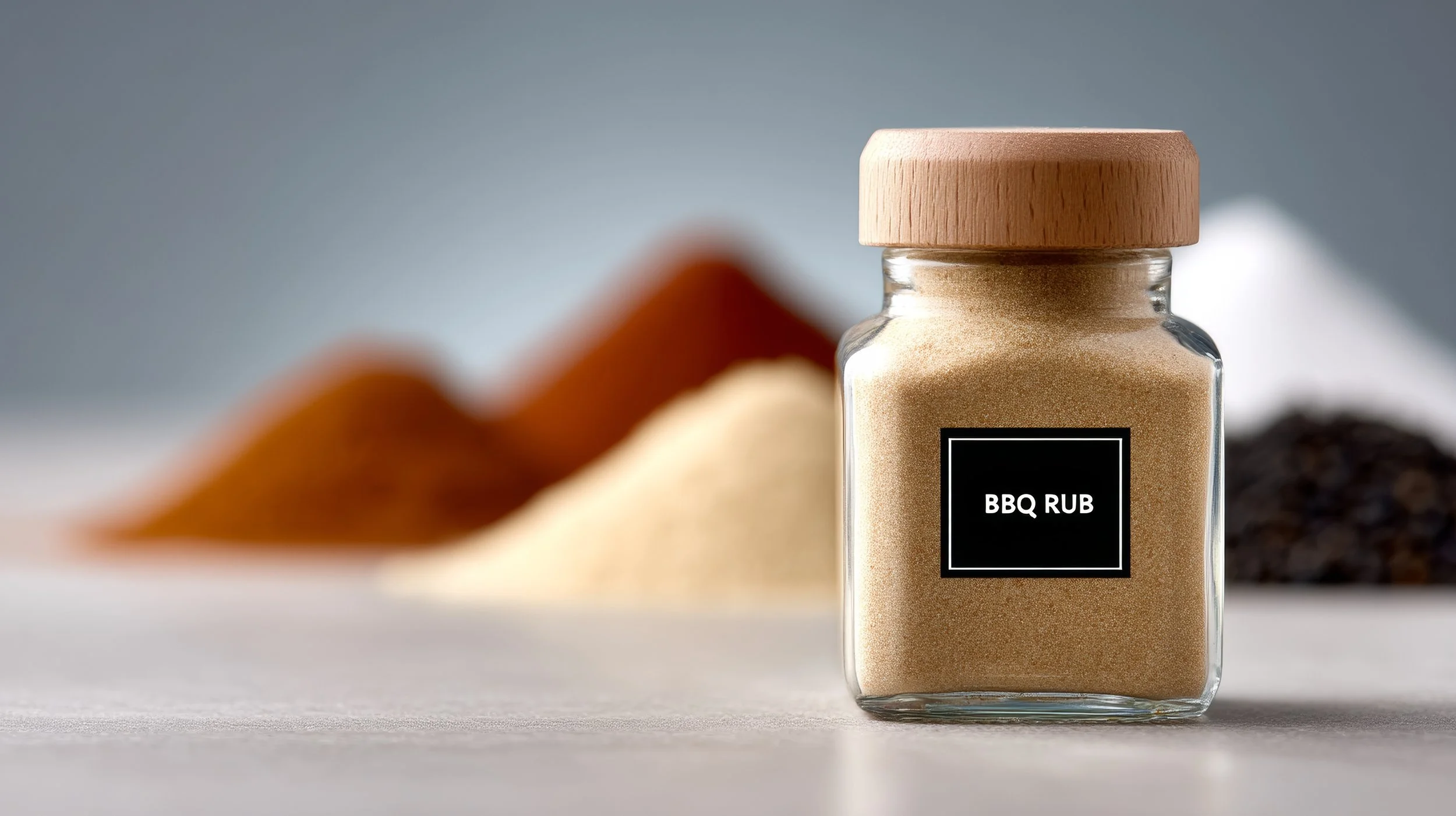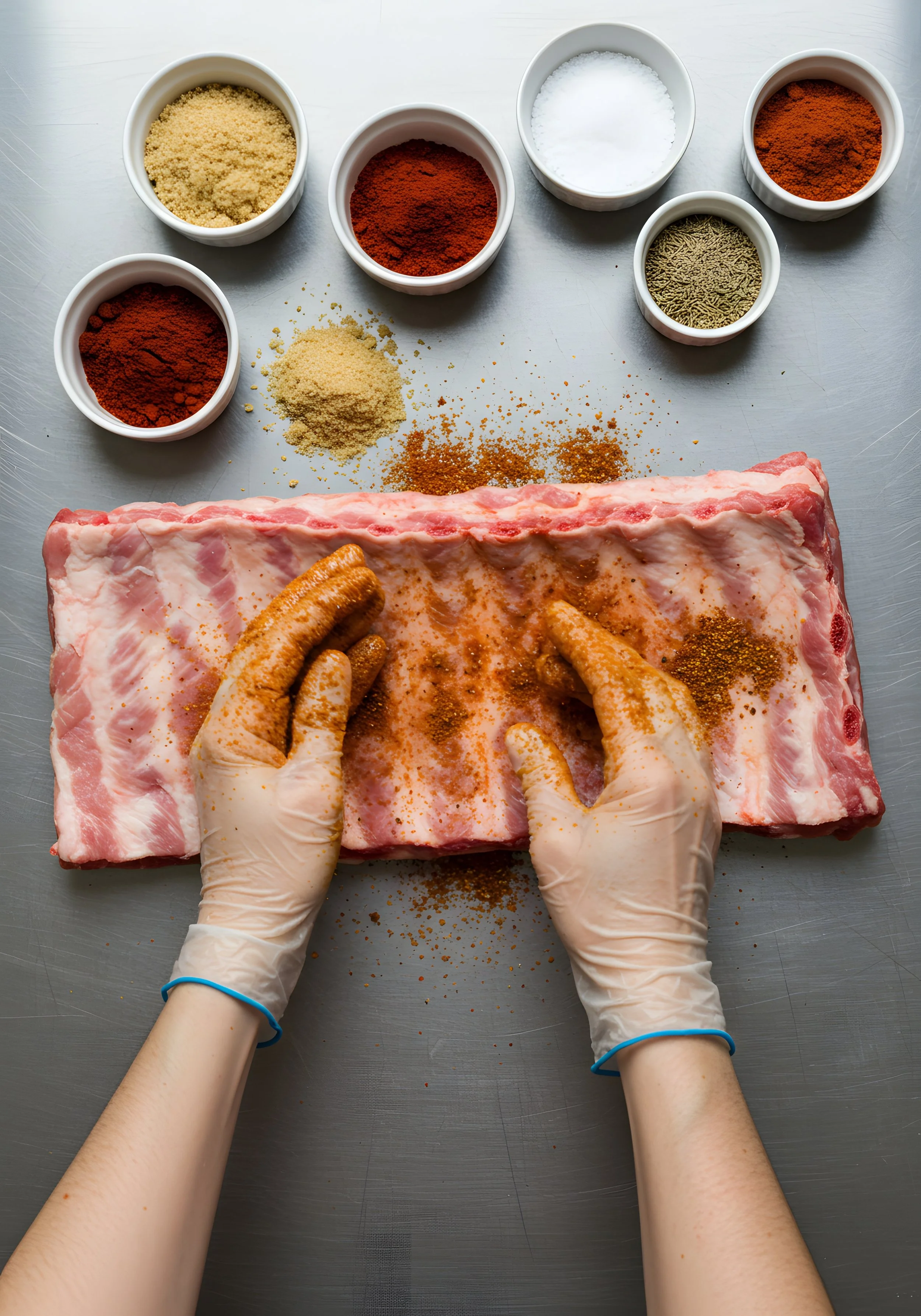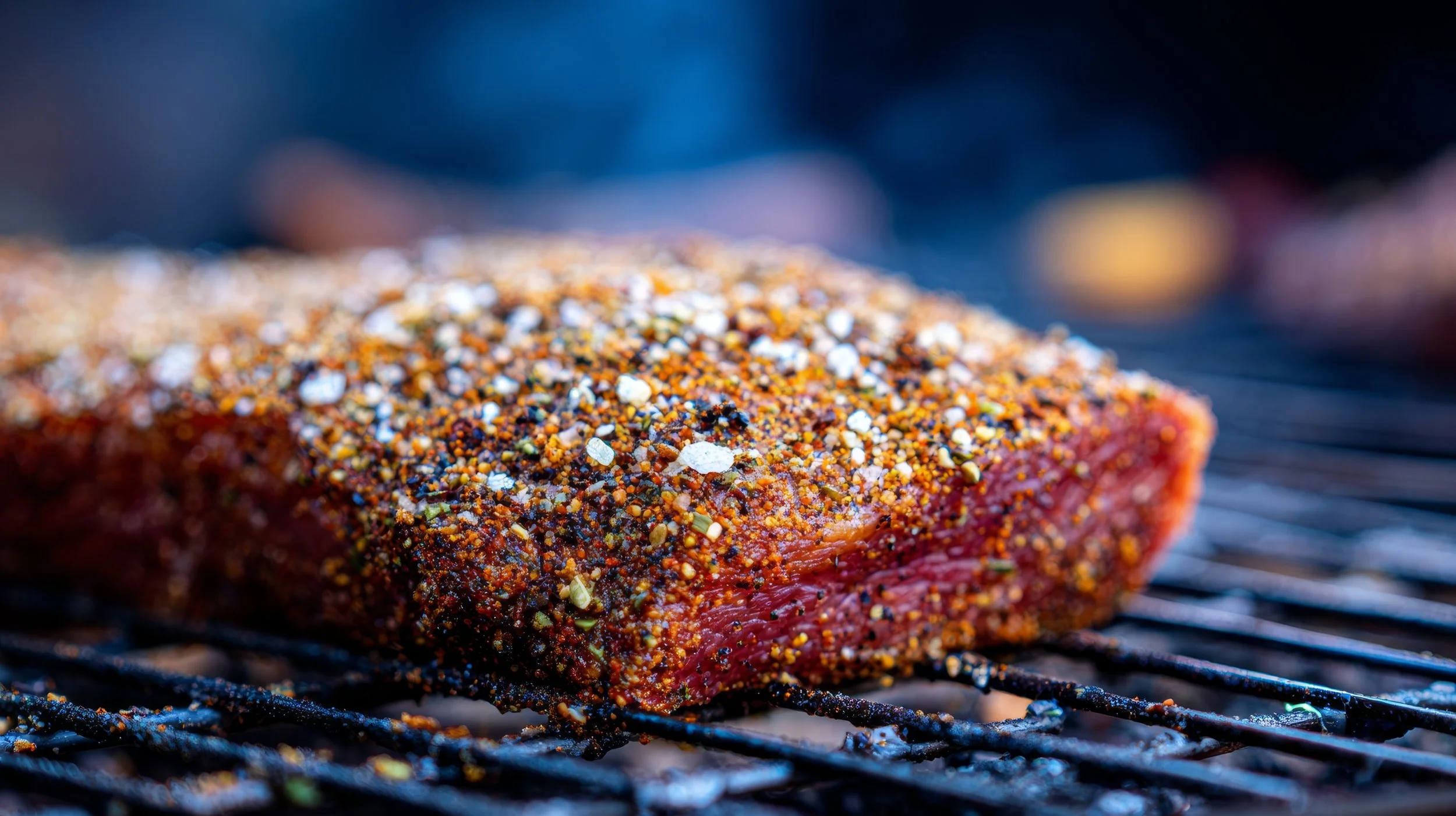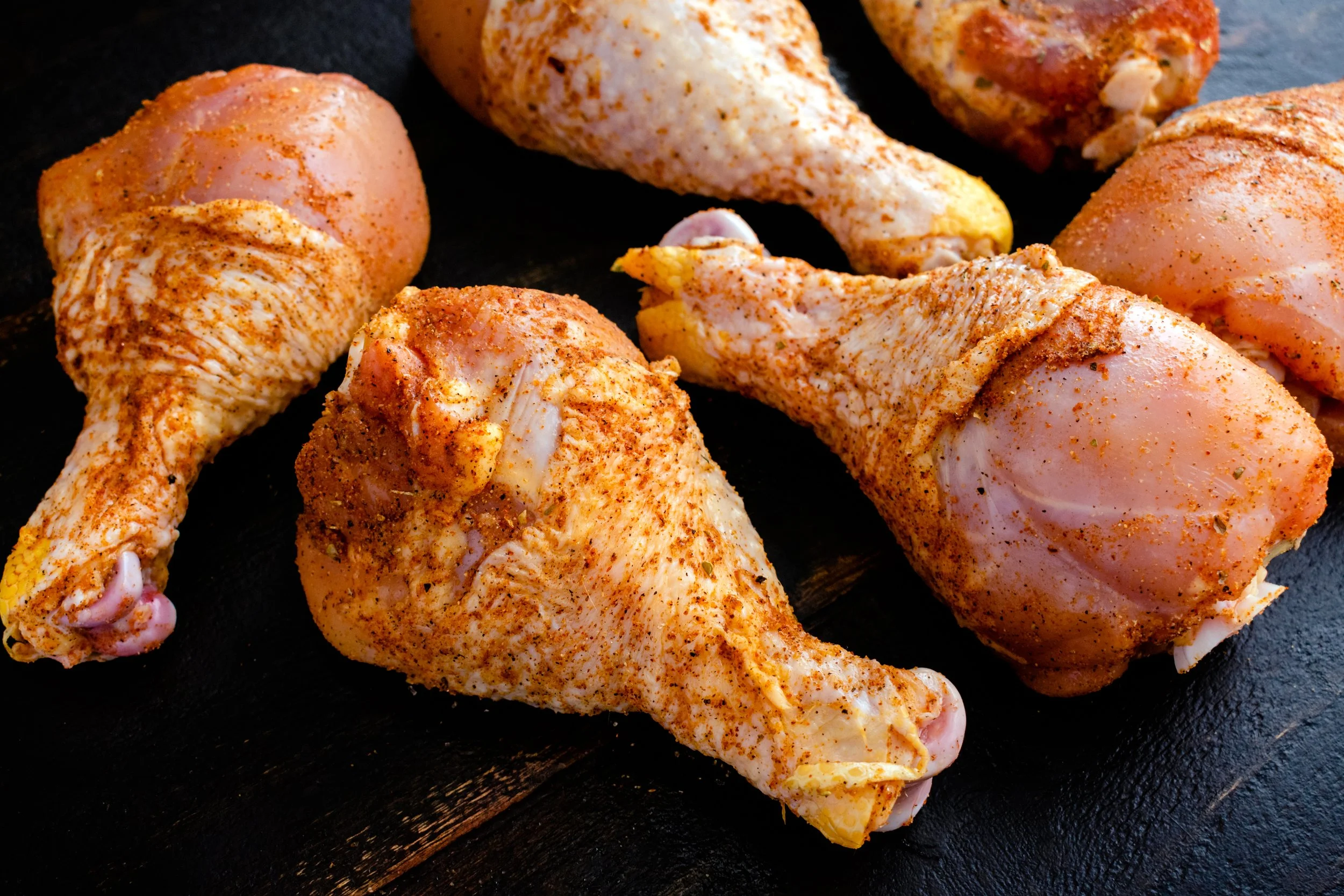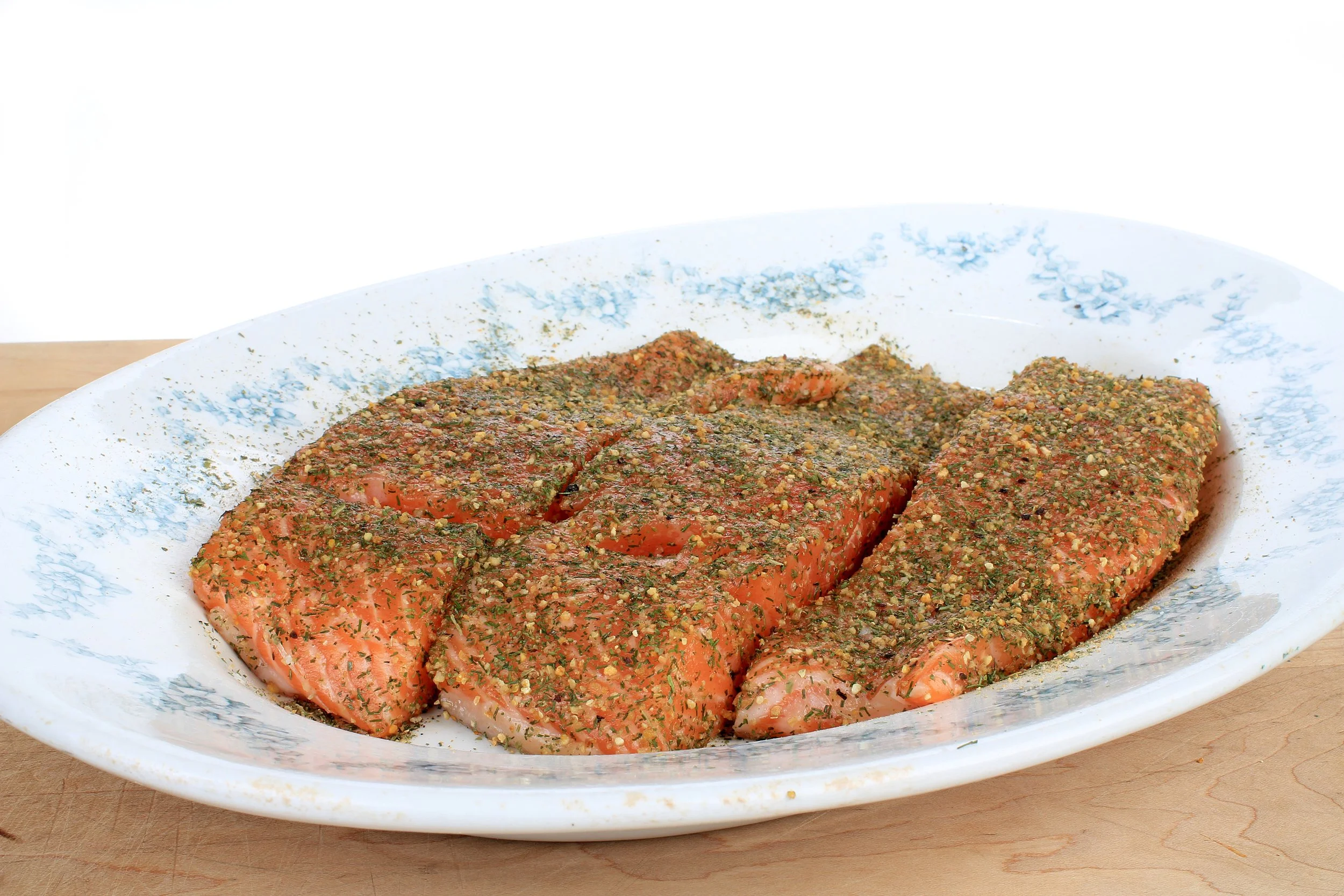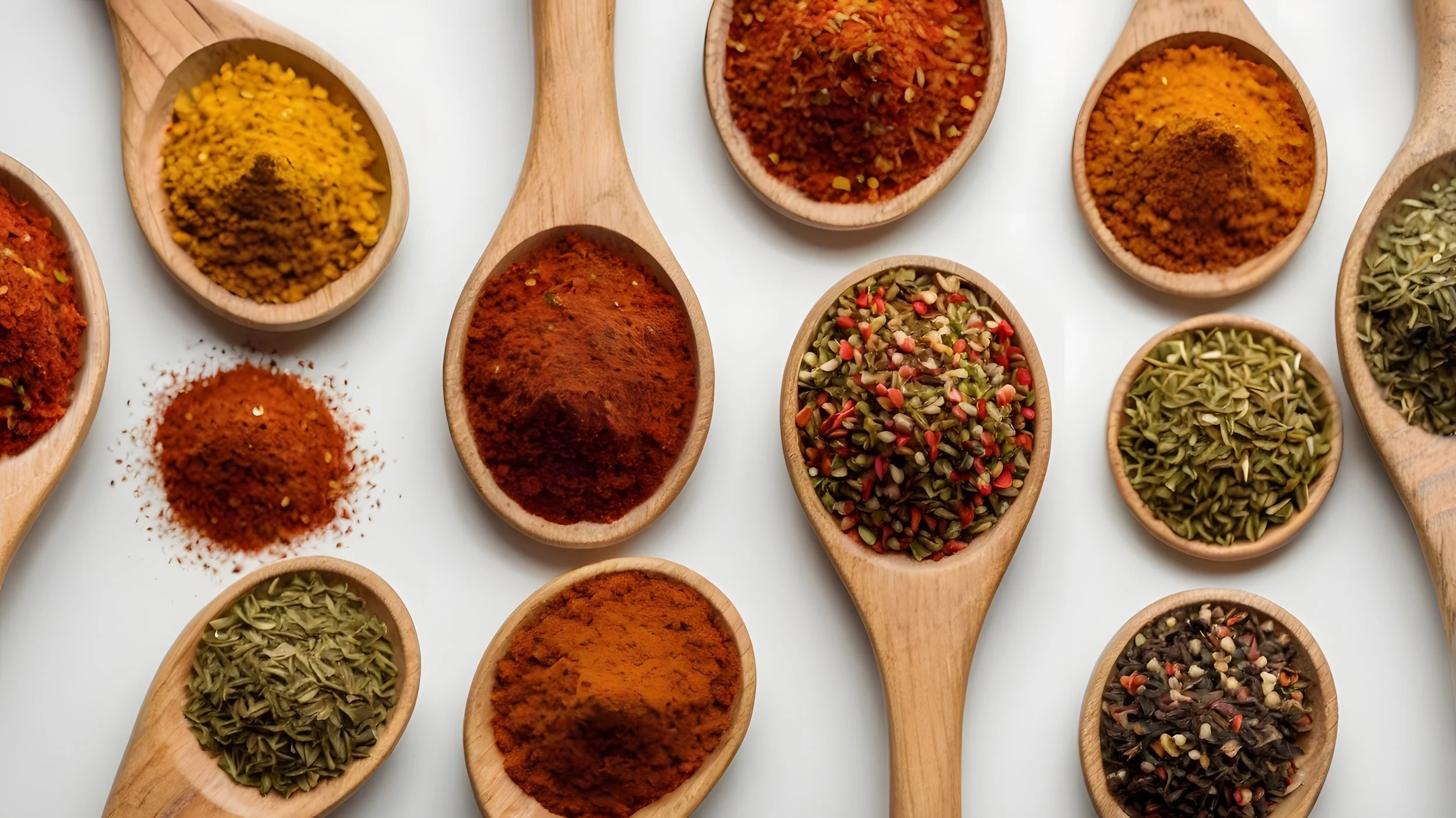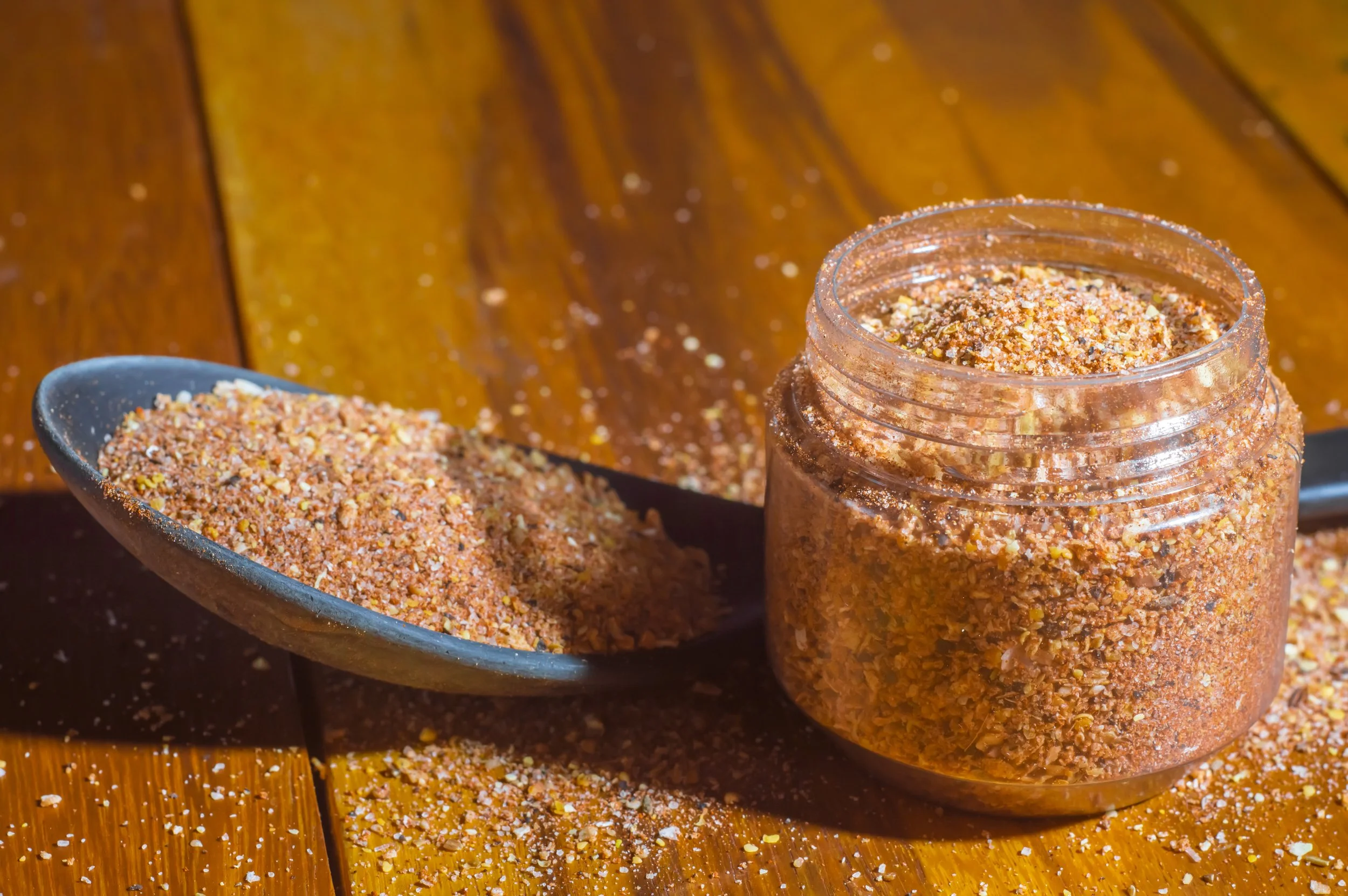Ultimate Guide to the Best Barbecue Dry Rub for Perfect Grilling
A Dry Rub Introduction
So, you've eaten some delicious BBQ recently and you want to know the secret, huh? Or, maybe, you've cooked some BBQ, expertly (perfect cooking temperature and tenderness), but you want to rev up the flavor. You may be asking, "What am I missing? What is the key?" In a phrase, it is barbecue dry rub. And you are in the right place to learn some basics on bbq rubs and recipes.
Anyone can grill a cut of meat, add some BBQ sauce, and think it tastes pretty good. Heck, sauce tastes good on just about anything. So if some is good, then more is better, right? Doesn't sound good, not everyone you feed is going the ocean of sauce recipe. You need a good recipe with spices and some fine tuning will make a great bbq experience.
Some folks want to appreciate their the meat without any sauce at all. But, if you treat your meat with a good BBQ spice rub, you can put yourself in position to hit a home run on the barbecue with something that showcases the delicious meat flavor, rather than covers it up. A great smoky flavor and a bbq rub.
Because of the nature of the beasts (pun intended) different meats take to different bbq rub better than others. Start by properly dry brining. After that, we like to use a basic guide that:
Pulled pork pairs with sweet spice rubs
Beef likes peppery spice rub
Chicken or poultry goes with traditional spice rubs like garden herbs and citrus
Seafood is nice with oils and acids
Understanding Dry Rubs and Seasonings
What is a BBQ dry rub?
Simply put, a dry rub is recipe of spices that goes on the meat . . . . dry. Think, shake it out of a bottle. Better yet, think about sprinkling it on some chicken before grilling or slow cooking.
Key flavor profiles: sweet, savory, spicy
You'll typically see one of three flavors for a BBQ dry rub recipe: sweet, savory or spicy. While each may be used on any protein or vegetables, it is common to see them as specialists.
Pork, such as chops, ribs and roasts, prefers a sweet BBQ rub that contains some brown sugar.
BBQ chicken goes well with a savory BBQ rub recipe that has plenty of herbs in the list.
Finally, beef (ribs, steaks, hamburgers) responds well to a spicy rub that incorporates some garlic powder, black pepper, onion powder, paprika or chipotle powder.
Importance of balancing flavors to enhance, not mask, the meat
Using these basic principles will help you identify or even build a BBQ rub recipe that brings out the natural flavor of your protein. The point here is to make pork butt taste like the best pulled pork you've ever had, rather than have it taste like something it is not. Let's get a little deeper into each so you can know what to look for when buying a rub, or when you review recipes for use in creating your own rub.
Pork Seasonings and Dry Rubs
Foundational ingredients:
paprika, brown sugar, black pepper, garlic, chili powder
Secondary flavors:
cumin, celery seed, mustard powder, onion powder, chipotle, oregano
Exotic additions:
clove, cinnamon, fennel seed, nutmeg, turmeric, powdered horseradish or porcini mushroom
As you can see, a good rub recipe for BBQ pork dishes will be slightly sweet and its brown sugar content will help create caramelization, or bark, on the surface of the meat. If you want heat, add chipotle powder or a pinch of cayenne. The goal is not to create a spicy dish, but to remind us that we are eating a main course, and not dessert. Other flavors contributed by more exotic additions will bring some earthiness and drive that point home.
Beef Seasonings and Dry Rubs
Foundational ingredients:
dry mustard, onion powder, garlic powder, black pepper, smoked paprika, cayenne pepper for more heat
Create a rich bark or crust on brisket, ribs, and steak
brown sugar (small amount)
Focus on savory and peppery notes
Beef is bold and has bold flavor on its own. Your BBQ dry rub spices should accentuate that. A good amount of salt and pepper will point you in the right direction. Onion, garlic and smoked paprika will keep you on course. As with pork, your recipe needs some balance, so a very small amount of sweetness will do - and it will help contribute to that delicious bark that we all love.
Poultry Seasonings and Dry Rubs
Foundational recipe ingredients:
black pepper, chili powder, smoked paprika, garlic powder, brown sugar
Savory/herbaceous additions:
oregano, thyme, rosemary, sage, savory (yep, it's a peppery herb!)
Brown sugar, again?
Once again, we're looking to balance the herbiness created. And, sugar helps maintain juiciness by creating bark, which locks in juices and flavor. We all know those chicken breasts can use all the flavor help they can get!
Seafood Seasonings and Dry Rub spices
Foundational ingredients:
kosher salt, coarse black pepper, dry mustard, smoked paprika
Secondary flavors:
dried sage, cumin, citrus zest, cayenne pepper, celery salt, mustard powder, ground bay leaves
Tips for applying rubs on fish and shellfish
Many folks will suggest using a binding agent, like olive oil or mustard, to any meat in order to get their dry BBQ rub recipe to adhere to the meat. We usually find that salt will draw a little moisture out of the meat, creating its own binder. However, our experience with the finny prey has not been the same. Because of this, we like to lightly rub recipe some olive oil or canola oil on our seafood before adding our dry rub just to make sure the spices stay where we mean for them to be - on the food, not the cutting board.
Tips for Making and Using Dry Rubs
If you want to make your own rub recipe there are few things to consider:
How much salt do you want to use? It is imperative to think about if you plan to dry brine ahead of time because your BBQ rub will not need as much (or any) salt. What herbs do you want to shine? Thinking about your intended protein can lead you in the right direction on the tastes imparted by herbs. Should you include sweetness or spiciness? Again, think about your intended use and dial in those flavors. Will you make more than you need at once? If you plan to make extra to store, an airtight container will ensure freshness of your spice rub.
Applying rubs:
You may want to combine two, or more, different rubs to get the best of both profiles. If so, one thing to consider is the texture of the each. If one is made up of finer grains and the other is coarser, it will make a difference which goes on first. Larger grains need more moisture to adhere to the protein so adding the finer one first will keep that moisture from reaching the coarse pieces. So, it's a good idea to coat with the coarse seasoning first, let it rest a few minutes to be sure it sticks, then add the fine one to coat it all.
And, just in case it is not obvious, be careful not to overdo it when combining seasonings. In this case, more may not be better - especially if salt is the first ingredient listed in each one. Checking some nutrition information on sodium will show you that.
Time is another consideration. As we have detailed before, dry brining is different than applying a rub or spices. While dry brine can take from hours to days, seasoning with a dry rub only needs the time it takes for the rub to adhere to the meat. If you are running low on time, consider that binder that we discussed in the seafood section above.
Conclusion
Choosing the right rub enhances each meat type
BBQ rubs can add so much to the flavor of your meat! Keep in mind your intended protein, cooking and preparation style. If you plan to dry brine, look for BBQ rubs with little to no salt. Be liberal, but don't overdo it. A good BBQ rub should enhance the flavor of the meat you are cooking, not mask it.
Experiment!
Use these ideas of foundational, secondary, and exotic spices to create your own personalized BBQ rubs. Then, let us know what you come up with and how you like it.
Now, get outside and grill!
